From Diagnosis to Recovery: Everything You Need to Know About Non-Small Cell Lung Cancer (NSCLC)
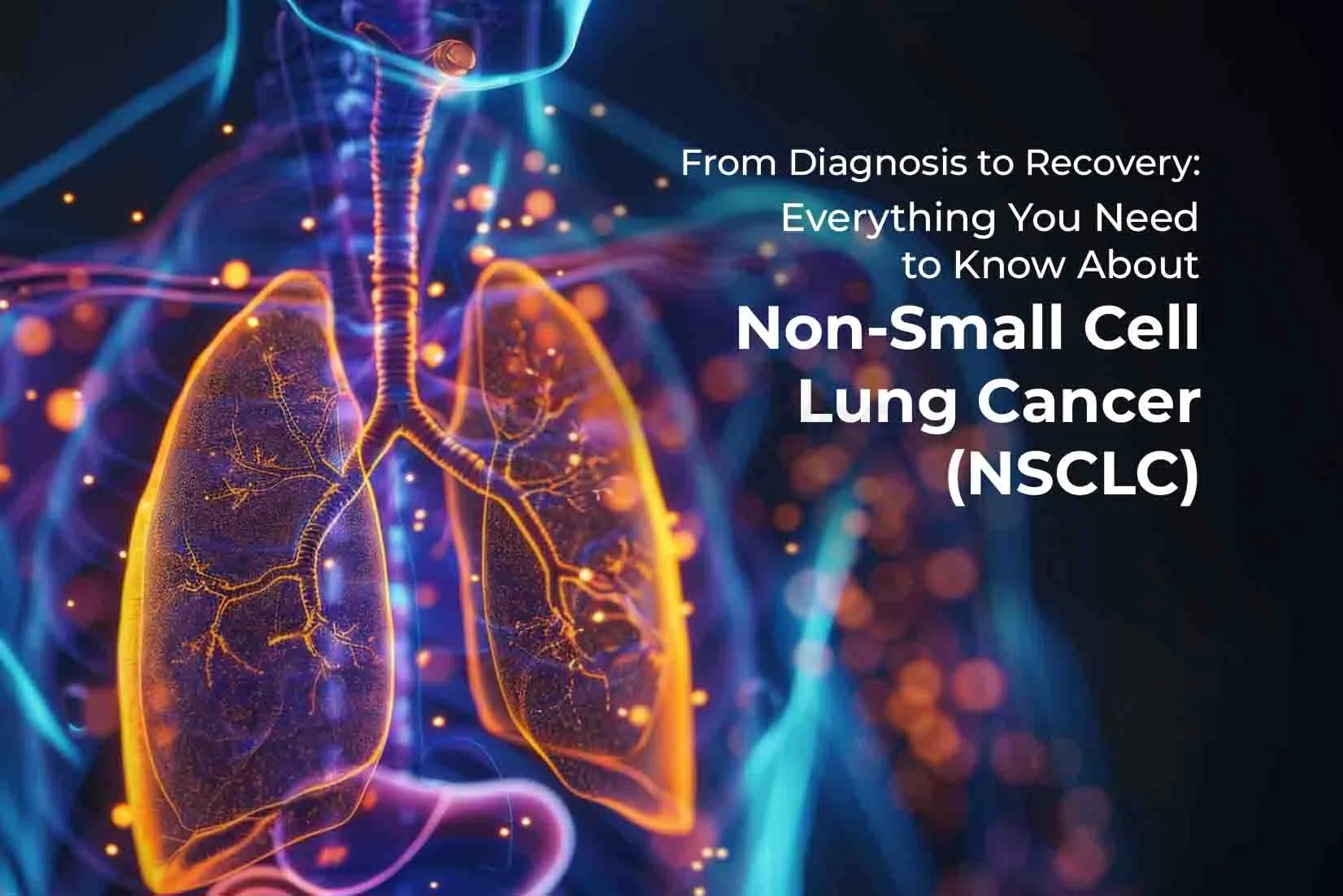
By Nonish Sharma / 30th October 2025
Non-Small Cell Lung Cancer (NSCLC) belong to a group of lung cancers that originates in the lung tissues but are different from the faster-growing & more serious type known as Small Cell Lung Cancer (SCLC). NSCLC is the most common type of lung cancer that contribute to approximately 80-85% of cases globally.
In this cancer abnormal cells in the lungs multiply uncontrollably, leading to a tumor that can affect surrounding tissues or spread (metastasize) to other parts of the body. Due to the slower growth rate (as compared to small-cell lung cancer), symptoms can appear later, resulting in late diagnosis. Because of how common it is and the wide range of treatment options available today, including surgery, radiation, chemotherapy, targeted treatments, and immunotherapy, NSCLC is an important area of lung cancer clinical trials and research.
NSCLC vs. Small Cell Lung Cancer (SCLC): Key Differences
Feature | Non-Small Cell Lung Cancer (NSCLC) | Small Cell Lung Cancer (SCLC) |
Prevalence | Nearly 80–85% of cases of lung cancers occur with this type. | Only 10–15% of cases of lung cancers take place with this type. |
Cell Appearance | Mostly larger cells with clear borders. | Very small and round/oval cells. |
Growth Rate | It grows slowly that makes it less aggressive. | It grows and spreads very fast, which makes it more aggressive. |
Common Subtypes | NSCLC includes several subtypes such as adenocarcinoma, squamous cell carcinoma, and large cell carcinoma. | SCLC has two major forms including small cell carcinoma & combined small cell carcinoma. |
Association with Smoking | It is usually seen in both smokers and non-smokers. | It is almost always linked to heavy smoking. |
Metastasis Pattern | Usually localized initially and slower to spread | It rapidly spreads to the brain, liver, and bones. |
Stage at Diagnosis | It can be detected at early (Stage I–II) | It is usually detected in late (extensive stage) |
Treatment Options | Treatment options include surgery, chemotherapy, radiation, targeted therapy like Iressa, Erlonat, and immunotherapy | Treatment options include Primarily Chemotherapy and Radiation (rarely surgery). |
Response to Treatment | Moderate and newer therapies improving outcomes | Responds initially but relapses quickly |
Prognosis | Better when detected early and also curable in some cases. | Poorer prognosis due to fast spread |
Survival Rate (approx.) | 5 year survival which is 25–30% (varies by stage) | 5 year survival, which is approx. 5–10% |
Molecular Mutations | Major molecular mutations include EGFR, ALK, KRAS, ROS1, and PD-L1 (targetable) | Fewer targetable mutations identified till now |
Causes and Risk Factors of NSCLC
There are many factors that can increase the risk of NSCLC. Some of the major ones:
Smoking: This is the most dangerous factor. Many NSCLCs have a major connection with present or previous cigarette smoking.
Secondhand Smoke: Exposure to tobacco smoke via others can highly raise the chance of developing lung cancer.
Environmental exposures: Environmental exposures such as radon gas, asbestos, metal or mineral dust, and air pollution.
Previous radiation therapy: Previous radiation therapy, like radiation treatments to the chest, may increase the chance of getting lung cancer.
Genetic factors & mutations: While most NSCLC is not inherited, certain gene mutations like like EGFR, ALK, KRAS, etc. Impact to the cancer's development and might impact risk or therapy.
Lung disease history: Conditions such as COPD or fibrosis may raise risk.
Understanding this can be useful for both prevention and changing screening or early detection techniques.
Common Symptoms of NSCLC
NSCLC can develop slowly and without symptoms initially, which makes it difficult to diagnose until the cancer has advanced.
Common symptoms include:
An ongoing or worsening cough.
Coughing up blood or brightly colored sputum.
Chest discomfort, particularly after hard breathing, coughing, or laughing.
Shortness of breath & wheezing.
Hoarseness or vocal alterations.
Loss of appetite or unintentional weight loss.
Fatigue & muscular weakness.
Chronic respiratory infections (bronchitis, pneumonia) that do not resolve.
If the cancer has spread (metastasized), symptoms may include:
Bone pain
Headaches
Swelling of the face or neck (in superior vena cava syndrome)
Neurological problems.
How NSCLC is Diagnosed
The diagnosis of NSCLC consist multiple steps:
Medical history and physical examination:It includes evaluating symptoms, smoking history, exposure history, & physical indications.
Imaging tests:
A chest X-ray or a low-dose CT scan must be performed to detect any abnormalities.
CT scan of the chest, which sometimes may involve the abdomen and pelvis.
PET scan for identifying metabolic activity & spread.
An MRI may be performed (especially when tumors in the brain are suspected).
Biopsy:It is the process of obtaining tissue samples via bronchoscopy, a CT-guided needle, or surgical biopsy. It helps to detect the type of cancer.
Molecular/Genetic testing: For certain gene mutations (EGFR, ALK, ROS1 etc) which guide targeted therapy decisions.
Staging tests:In order to determine exactly how far the cancer has spread, examine lymph nodes along with additional organs (bone scan, brain imaging, etc.).
Accurate diagnosis along with staging play an essential role for selecting a suitable therapy plan.
Stages of Non-Small Cell Lung Cancer
Staging shows the level to which the cancer has spread and tumor necrosis method is commonly used for it. NSCLC can be divided into the following major stages:
Carcinoma in situ seems a very early stage of cancer which impacts only one location.
Stage I: A localized tumor in the lung with no spreading to lymph nodes.
Stage II: The cancer may be more extensive or impact lymph nodes on the same side of the chest.
Stage III: more severe stage that involve lymph nodes and possibly chest tissues are also involved, but no distant metastases has occurred.
Stage IV: Cancer has spread to other organs (brain, bone, liver, etc.).
Treatment and prognosis vary widely depending on stage. Early stages are more likely to be treated successfully, whereas later stages focus on control the infection and improving quality of life.
Treatment Options for NSCLC
Treatment options depends on the stage of cancer, tumour’s genetic profile, patient’s overall health, and other factors. Main modalities:
Surgery
For early-stage NSCLC (I or some II) where the tumor can be removed, surgery to remove part or total lung lobe (lobectomy, pneumonectomy) may be recommended. This aims to cure whenever possible.
Radiation Therapy
High-energy X-rays (or other particles) are used to kill cancer cells. Radiation may be used:
As the main treatment when surgery isn’t possible
After surgery (adjuvant) to kill residual disease
For palliative purposes to relieve symptoms (pain, airway obstruction)
Chemotherapy
Standard systemic drug treatment that attacks rapidly dividing cells (including cancer). May be used:
Before surgery (neoadjuvant) to shrink tumor
After surgery (adjuvant) to reduce recurrence
In advanced disease to slow progression and relieve symptoms
Targeted Therapy (Iressa, Erlonat)
Targeted therapies act on specific molecular features of the cancer cells. Examples:
Iressa (gefitinib) is an EGFR tyrosine-kinase inhibitor used in NSCLC with specific EGFR mutations (exon 19 deletions or exon 21 L858R substitutions) and metastatic disease.
Erlonat (erlotinib) also targets EGFR mutated tumours.
Targeted therapy often has fewer side effects than standard chemo and can yield good outcomes in selected patients.
Immunotherapy
These treatments boost the body’s immune system to recognise and destroy cancer cells. Examples include immune-checkpoint inhibitors. Recent trials show adding immunotherapy before surgery improves long-term survival.
In many cases, a combination of treatments is used (e.g., surgery + chemo + targeted therapy). Recent research is bringing newer therapies and precision medicine into NSCLC care.
Living with NSCLC: Lifestyle and Support
Living with NSCLC doesn’t mean giving up on life.
Here are the following ways to support life quality and wellness during this journey:
Quit smoking (if you smoke) & also avoid second-hand smoke.
Healthy eating: Taking proper balanced diet rich in fruits, vegetables, lean protein is essential.
Regular exercise as permitted by your doctor to help mobility, energy, lung function.
Manage side-effects of treatments (nausea, fatigue, breathlessness) with your medical team.
Emotional support: a cancer diagnosis can be traumatic; support groups, counseling, family-involvement help.
Palliative care early: even when the goal isn’t cure, palliative care can improve quality of life and reduce symptoms.
Stay informed and involved: ask about molecular testing, clinical trials, new therapy options.
Prevention and Early Detection
Although not all NSCLCs are preventable but many risk factors can be improved.
Here are some prevention and early detection strategies:
Stop smoking, and avoid exposure to tobacco smoke.
Avoid known carcinogens such as asbestos, radon, certain chemicals, etc.
Maintain a healthy lifestyle to reduce risk. Regular exercise can also help.
Screening in high-risk individuals, for example people aged under 50-80 with heavy smoking history may be given annual low-dose CT scans.
Awareness of symptoms like early cough, hoarseness, etc. should require evaluation and early diagnosis improves outcomes.
Iressa 250 mg Tablet Uses in NSCLC Treatment
Iressa (gefitinib) 250 mg is an oral targeted medication used in the treatment of NSCLC under the following conditions:
It is suggested as the first-line therapy of adult patients with metastatic NSCLC whose tumors contain EGFR exon 19 deletions or exon 21 (L858R) substitution mutations as determined by an FDA-approved test.
It works by blocking the EGFR tyrosine kinase enzyme. That results in inhibiting signals that promote cancer cell growth & survival.
Rash, diarrhea, and liver problems are possible side effects. For the best possible results, individuals with EGFR mutations must be carefully selected.
It cannot be used for all NSCLC patients, but only those whose tumors test positive for specific EGFR mutations.
Thus, for patients with NSCLC with an EGFR-positive mutation, Iressa offers a precision medicine alternative with potentially better results and fewer side effects than conventional chemotherapy.
Conclusion
Non-Small Cell Lung Cancer (NSCLC) is one of the most common and life threatening lung cancer. Although modern advancements in diagnosis, targeted therapy, & immunotherapy make treatment considerably more effective than previous ones. Early detection with regular examinations may increase survival rates. Iressa 250 mg (gefitinib) is a medication that has improved focused treatment for patients with certain EGFR mutations and help to prevent disease progression.
You can avail this medicine from Magicine Pharma as we supports both patients and caregivers all along their treatment journey with affordable and trustworthy treatment options for cancer. By increasing awareness, promoting early diagnosis, and providing trustworthy medicines, we can make NSCLC more manageable while enhancing the quality of life.
FAQs
Can non small cell lung cancer be cured?
A-Yes it can be cured only of detected in early (Stage I or II) and treated with appropriate surgery and adjuvant therapy. Later stages are more difficult to cure but can be managed.
How fast does NSCLC spread and grow?
A-Growth rate varies widely like some tumours grow slowly and others more quickly. It depends on sub-type, mutation status, and patient health factors.
Does everyone with NSCLC require genetic testing?
A-Yes according to modern practice because targeted therapies depend on identifying whether the tumor has specific mutations (EGFR, ALK, ROS1, etc).
What is the difference between targeted therapy and chemotherapy?
A-Chemotherapy works on rapidly dividing cells and general targeted therapy attacks specific molecular mutations in the cancer cells. Targeted therapy offers fewer side-effects and better response in the right patient.
If I’ve quit smoking many years ago, am I still at risk?
A-Yes, quitting smoking reduces but does not eliminate risk. Other exposures like environmental & genetic may still contribute. Thus, symptom awareness & screening are important.
References:
National Cancer Institute – Advances in Lung Cancer Research for NSCLC. (Cancer.gov)
GoodRx – Gefitinib (Iressa) uses and details for NSCLC. (GoodRx)
Mayo Clinic – Gefitinib description. (Mayo Clinic)
Su PL et al., “Recent advances in therapeutic strategies for non-small cell lung cancer”, JHOonline (2025). (BioMed Central)
Cleveland Clinic – NSCLC overview and symptoms. (Cleveland Clinic)
Written by

Nonish Sharma
Associate Medical Content Writer at Magicine Pharma
M.Sc Biotechnology from Mewar Institute
About
I am a medical content writer with a strong academic background in life sciences. I have completed M.Sc Biotechnology from Mewar Institute and B.Sc. honors Biochemistry from University of Delhi with hand-on research experience in nano-biotechnology. During my master's research project in "Green synthesis of silica nano-particle using biogenic waste and enhancing its antimicrobial properties by incorporating it with silver and zinc nano-particles for waste water treatment", I have gained amazing experience in synthesis and characterization of nano particles by using different biological techniques and scientific writing. My experience made me capable of writing detailed, accurate, and deep scientific content. I blend my scientific knowledge with medical content writing to simplify complex topics and make them reader-friendly.
No comments available
Leave a Comment
Categories
Recent Posts

All You Need to Know About Brain Cancer: Causes, Symptoms, Diagnosis, Treatment and Care
When abnormal brain cells start dividing uncontrollably and develop...
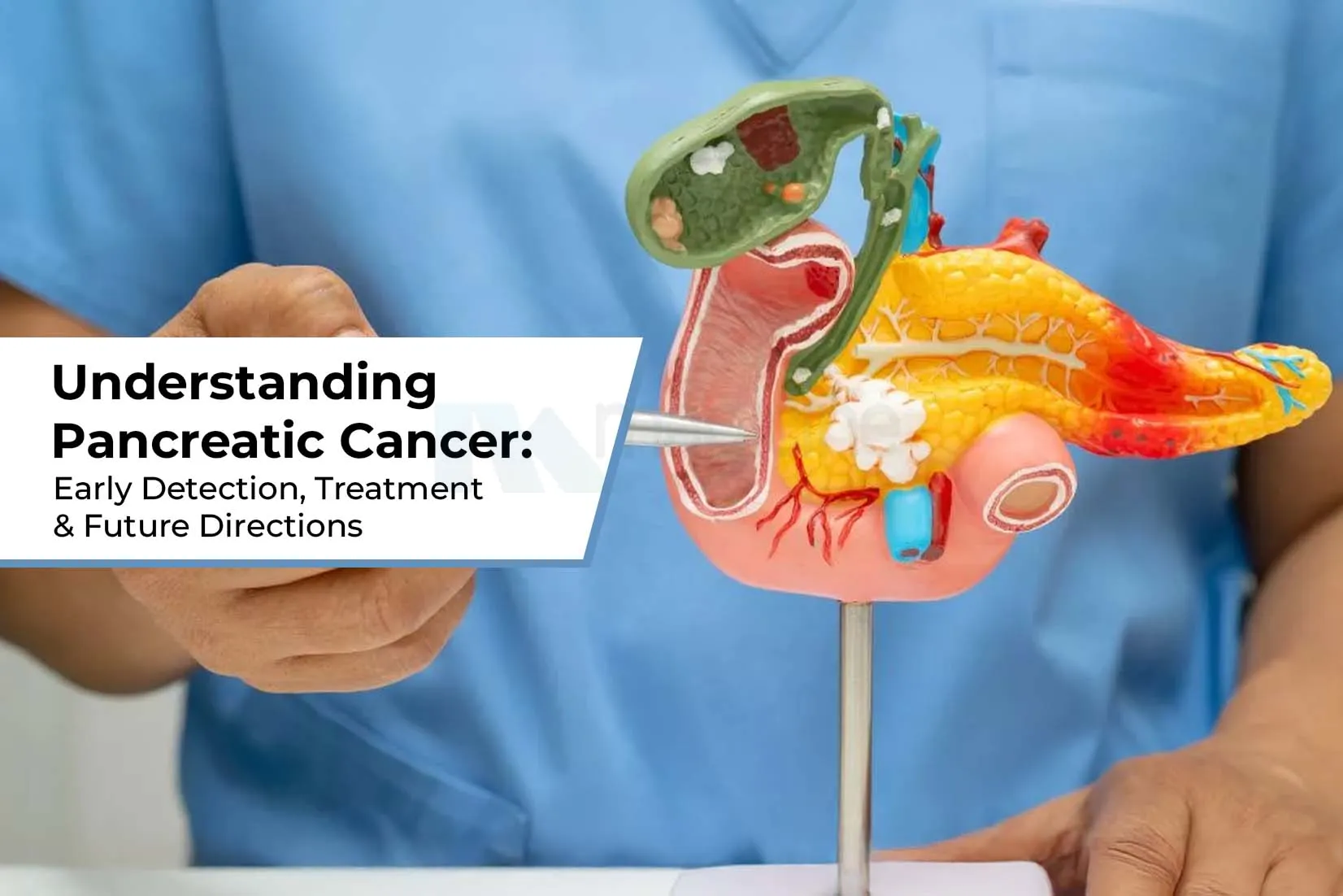
Understanding Pancreatic Cancer: Early Detection, Treatment & Future Directions
Pancreatic cancer is...

How Pollution Affects Your health and Skin and How to Protect It
Every day, billions of people are impacted by...

From Diagnosis to Recovery: Everything You Need to Know About Non-Small Cell Lung Cancer (NSCLC)
Non-Small Cell Lung Cancer (NSCLC) belong to a...
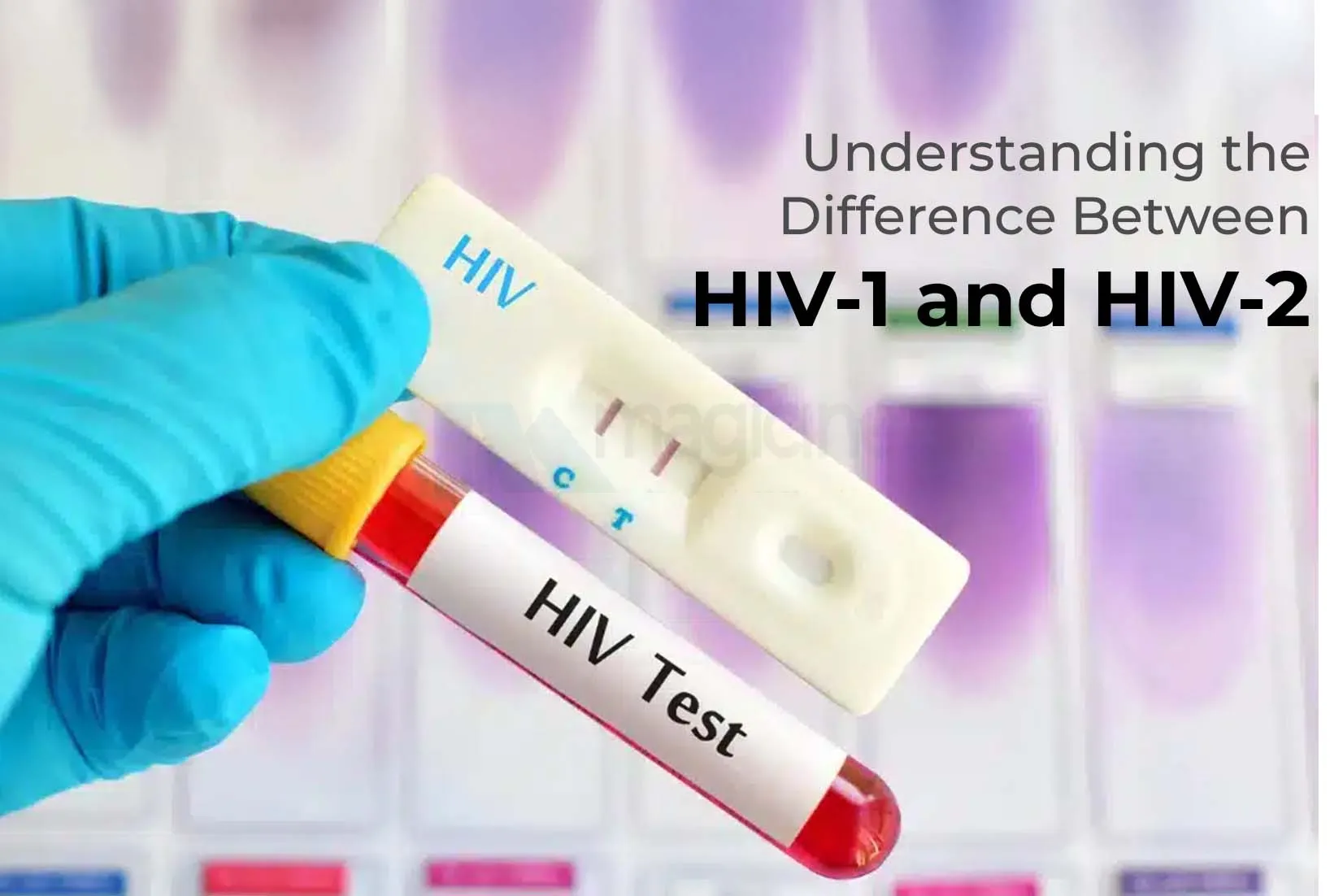
Understanding the Difference Between HIV-1 and HIV-2
Human Immunodeficiency Virus (HIV) is one of the most...
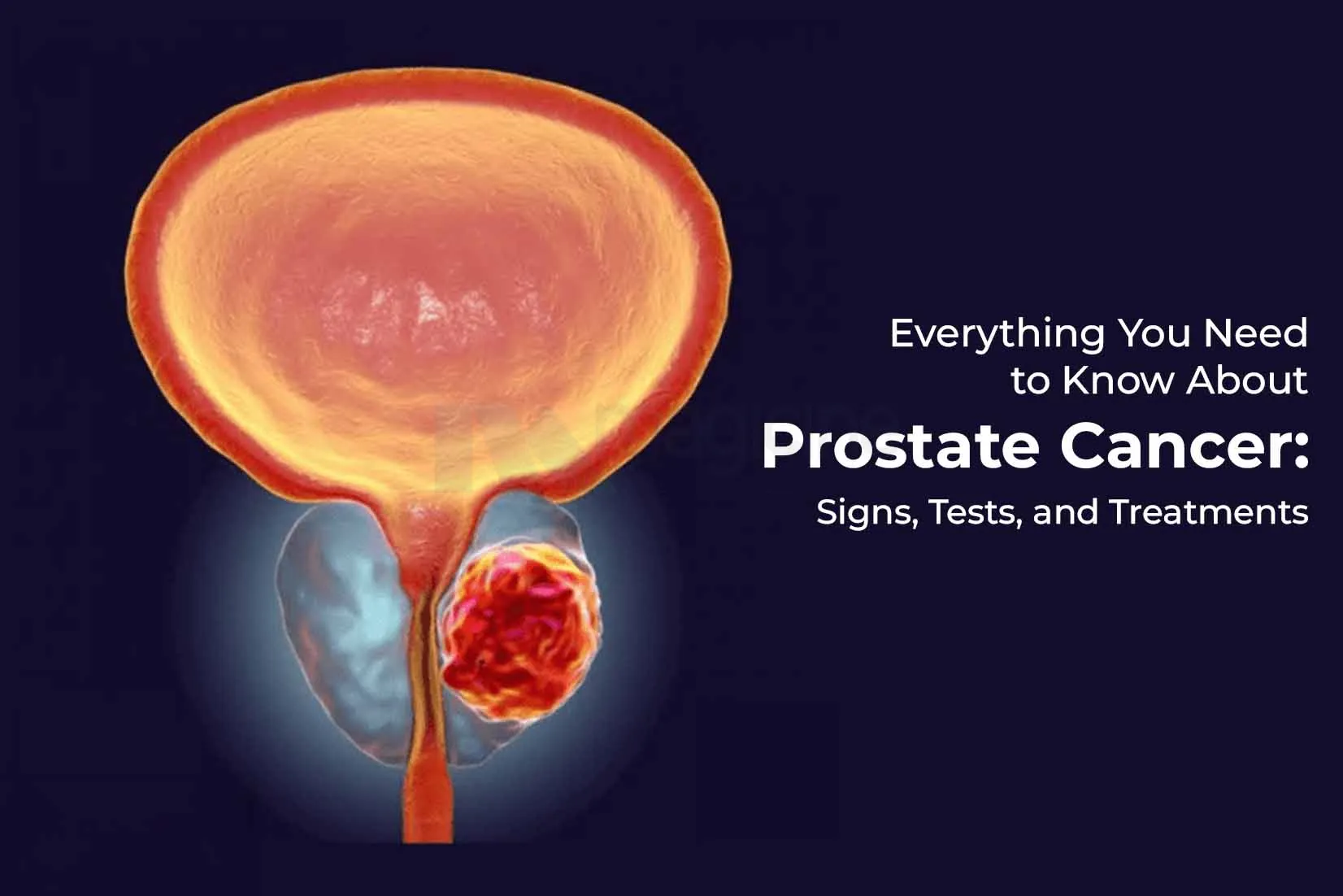
Everything You Need to Know About Prostate Cancer: Signs, Tests, and Treatments
In men above 50 years of age, prostate cancer...

Understanding Stomach Cancer: Causes, Symptoms, Types, Diagnosis & Treatments
Stomach cancer, also known as gastric cancer, originates when...

Build Bigger Biceps: 6 Proven Exercises for Massive Arm Gains
You know, there’s something about strong, well-defined biceps that...
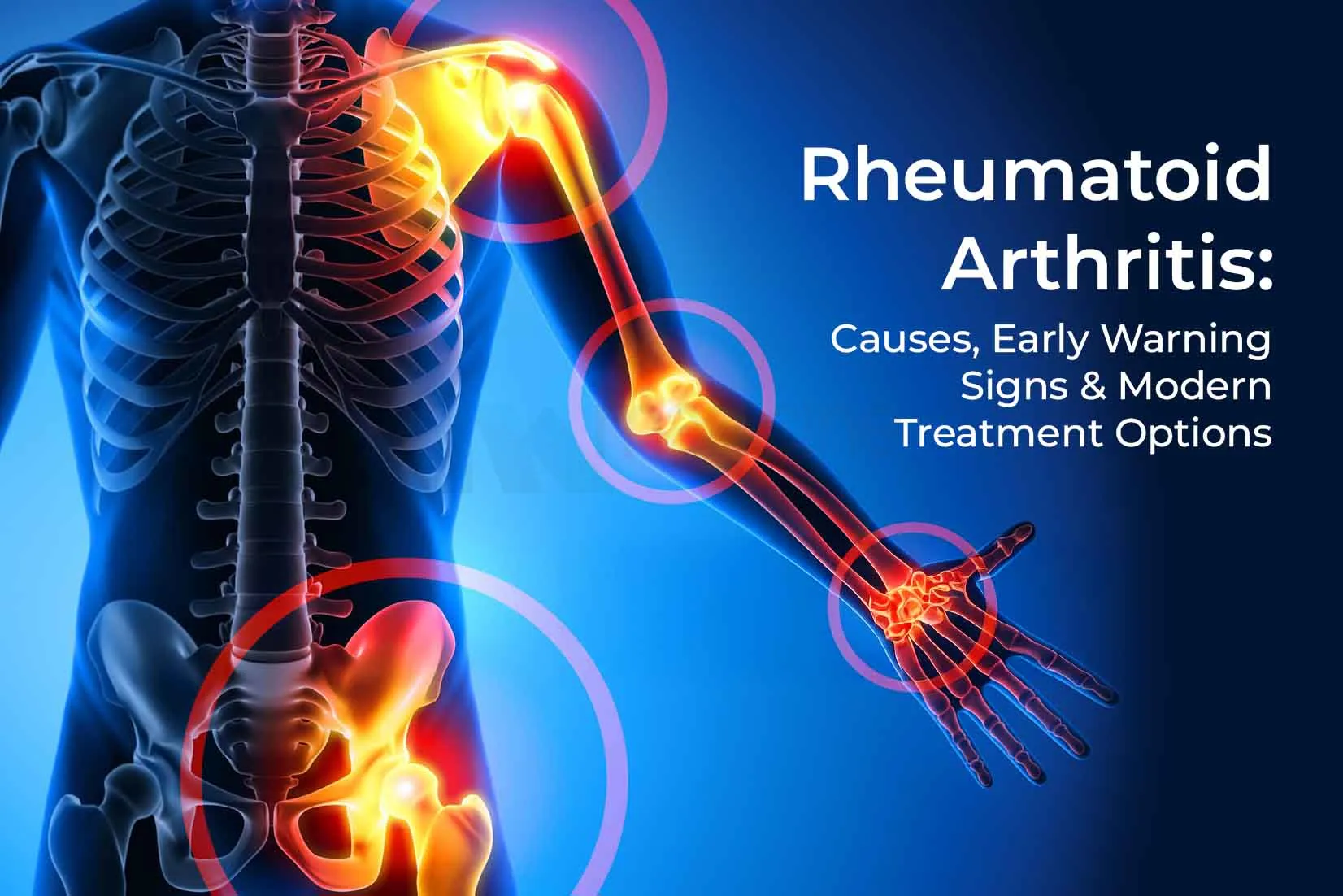
Rheumatoid Arthritis: Causes, Early Warning Signs & Modern Treatment Options
Rheumatoid arthritis is more than just joint pain. According...

Top 10 Best Abs Exercises for a Stronger Core (Beginner to Advanced Guide)
Abs are one of the most talked about topics...
